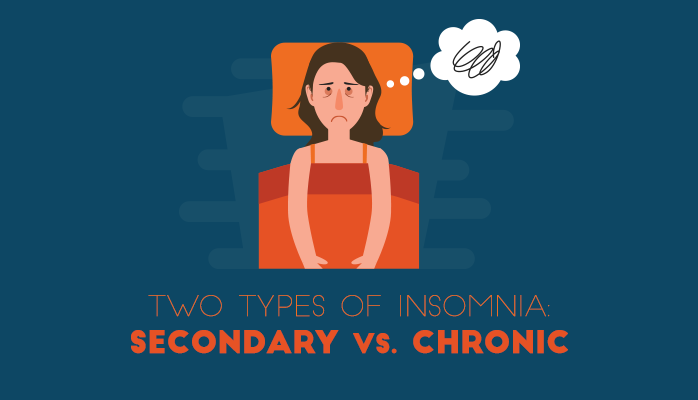


Insomnia is a sleep disorder in which patients have dissatisfaction with sleep quality or duration, difficulty in falling asleep at night, or waking up too early in the morning and it can lead to daytime fatigue, low energy, difficulty in maintaining attention, and formation of long-term memory. The estimated prevalence of difficulty in initiating and maintaining sleep is about 30%. Among sleep disorders, insomnia has the most prevalence in adults. Sleep disorders are prevailing due to changes in western lifestyle so that their prevalence in the USA was announced to be about 70 million (based on the Institute of Medicine, Committee on Sleep Medicine & Research 2006). Also, their other impacts are difficulties with work, increased accidents, and having economic burden. Sleep disorders can cause stress, somatic and psychosocial issues, including anxiety, depression, memory problems, chronic diseases such as cardiovascular disease, hypertension, diabetes and cancer, reduced quality of life, and increased mortality. REM sleep is considered important for learning, memory consolidation, neurogenesis, and regulation of the blood-brain barrier function, while non-REM sleep has been related to the regulation of hormonal release, the lowering of the thermal set point, and is characterized by a reduction of cardiovascular parameters such as blood pressure. ĭuring sleep, the brain switches periodically between different activity states which are non-rapid eye movement (NREM) sleep and rapid eye movement (REM) sleep. Normal sleep has been reported to contribute to tissue repair, thermoregulation, homeostatic restoration, memory consolidation processes, and preservation of neuroimmune-endocrine integrity. These cytokines are upregulated in signature AD regions and result in neuronal dysfunction or death. The neuroinflammatory response in AD entails a complex response from recruitment of peripheral immune cells including leukocytes and T cells, glial cell activation, induction of intracellular signaling pathways, and release of inflammatory mediators including interleukin-1 (IL-1), interleukin-6 (IL-6), interleukin-18 (IL-18), tumor necrosis factor-α (TNF-α), interferons (IFN) and interleukin-12 (IL-12). Neuroinflammation is also a major element in AD pathogenesis, initiated by and precipitating both Aβ and tau deposition. Accumulation of extracellular amyloid-beta (Aβ) plaques is a considerable pathological event in AD, along with elevated intraneuronal tau expression and age-related deposition of intracellular tau as neurofibrillary tangles which occurs concomitantly with Aβ deposition in a mutually exacerbating manner. The common symptoms of AD are memory deficits especially forgetting recent information, recall ability impairment, loss of time tracking, and problem-solving, language, and recognition difficulties. Symptoms vary among people with AD based on the degree of damage to neurons in different parts of the brain. ĪD is a progressive neurodegenerative disorder characterized by cognitive and non-cognitive disabilities.

There are about 10 million new cases annually and Alzheimer’s disease (AD) may contribute to 60–70% of the cases.

Based on the World Health Organization’s (WHO) reports, nearly 50 million people have dementia worldwide. Īlzheimer’s disease is the most common type of dementia. Dementia has different types including Alzheimer’s disease, vascular dementia, dementia with Lewy bodies (DLB), mixed dementia, frontotemporal lobar degeneration (FTLD), and Parkinson’s disease (PD) dementia. It is characterized by difficulties with memory, language, problem-solving, and a decline in cognitive level, which affects daily routine and social activities. Dementia is one of the major causes of disability and mortality and a common disease in the elderly.


 0 kommentar(er)
0 kommentar(er)
